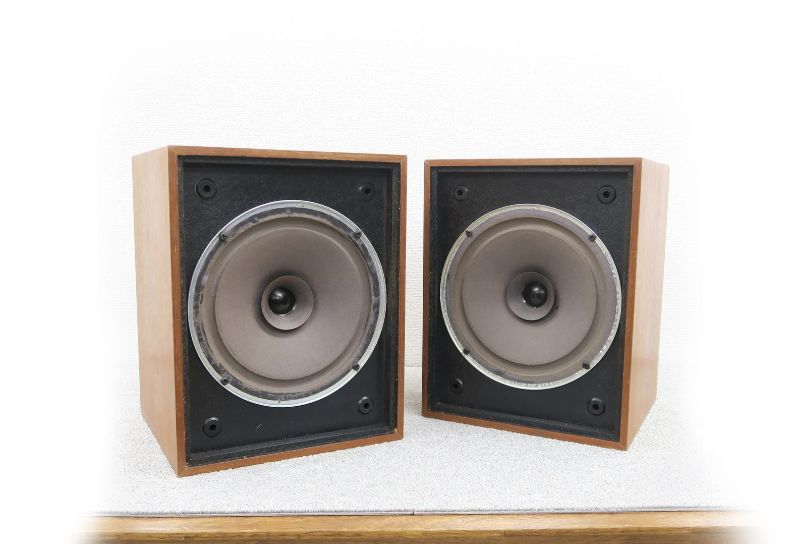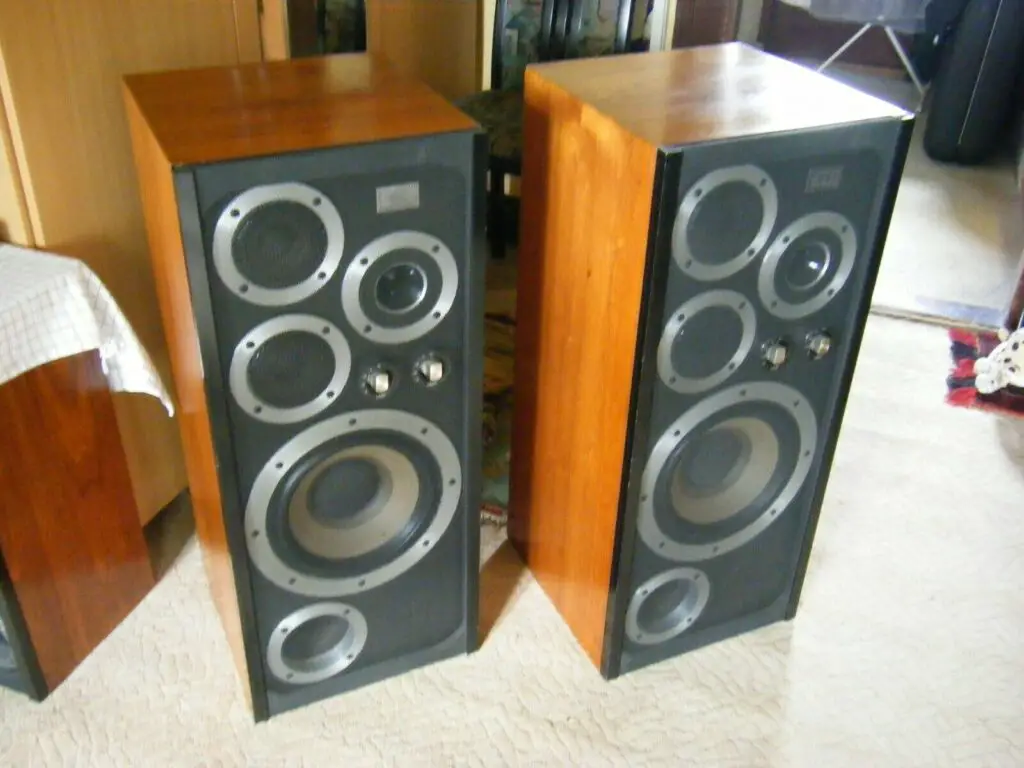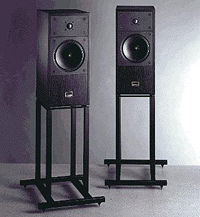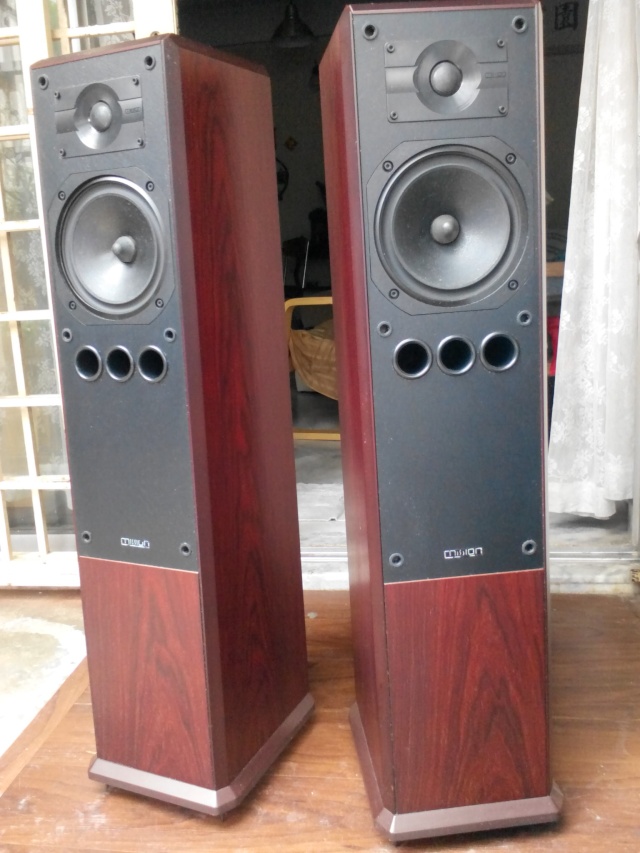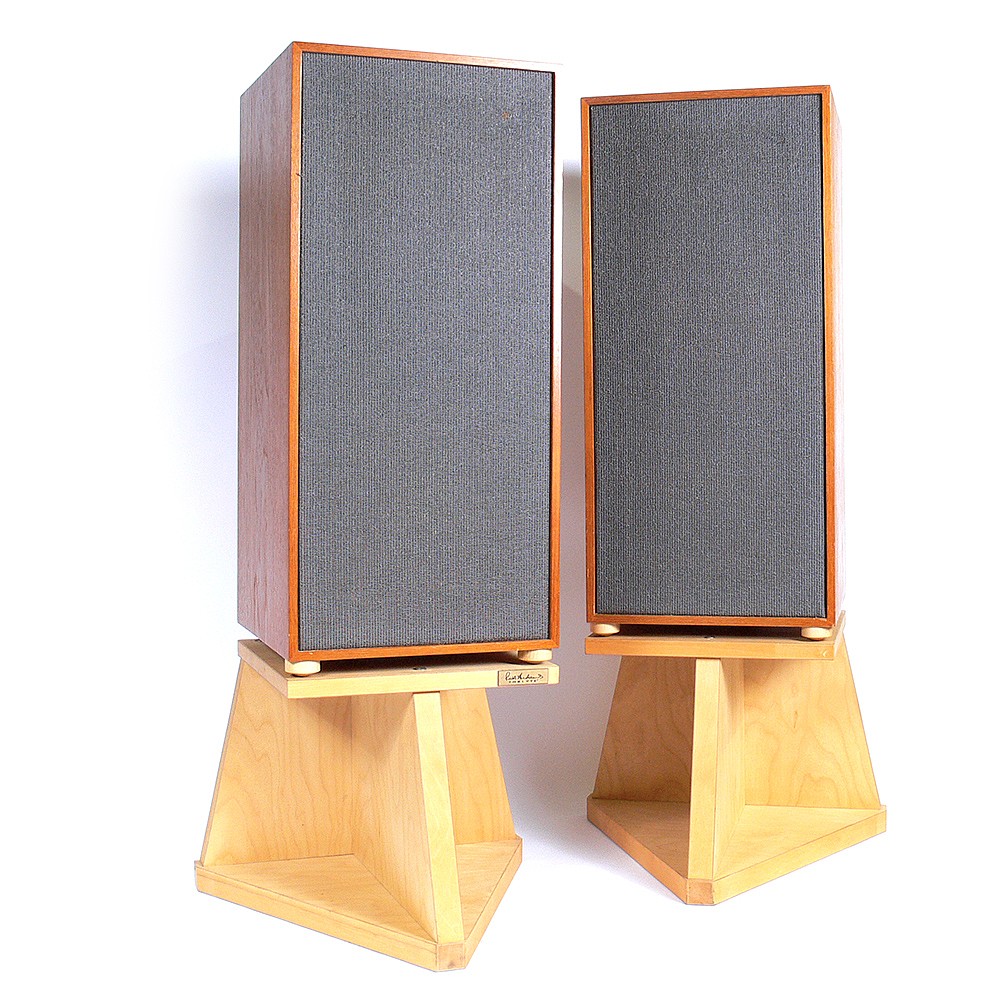In some ways, the decade of the 1980s was a difficult one for loudspeaker design. Despite the appearance of a handful of ‘milestone’ products, such as Celestion’s SL6 and Acoustic Energy’s AE-1, it’s difficult to say that these were entirely successful designs in and of themselves. Rather than being remembered for what they did, they were remembered for what they made possible. The decade is most remembered for sweeping a new broom through a sea of large, bloated multi-drive unit seventies speakers and replacing them with the rigors of metal dome tweeters, minimalist crossovers, and compact, pert cabinets in their place.
All of this has nothing to do with the speaker in front of you! Monitor Audio’s R352 may have seemed anachronistic when it was introduced in 1984, in a world heading inexorably towards stand-mounted mini-monitors with aluminium dome tweeters. It was more of a case of ‘traditional values in a modern context’ than a ‘brave new world’ design…
Surprisingly, this loudspeaker was the invention of Robin Marshall, who is best known for his work with Epos and the ES14. He had begun his career at the BBC after graduating from university with a degree in mathematics and computer science. He worked on a number of speakers there, including the legendary LS3/5A. Following his departure, he connected with KJ Leisuresound, whose owner John Read offered him a job building loudspeakers, thereby launching the Audiomaster brand. His Beeb contacts ensured that it was granted a license to produce the LS3/5A, leading it to explode in popularity. When the company went bankrupt in 1981, Monitor Audio’s Mo Iqbal offered him a job. His first two designs were the MA R352 and R252, followed by the aluminium domed R852/MD and R952/MD. Marshall finally left after two years to found Epos Acoustics and launch the ES14.
He called the MA R352 a “mold-breaker,” noting that when he saw what other people were doing, it seemed senseless to “simply produce another clone.” Indeed, at 640x250x318mm, it’s a somewhat large box, and it’s even higher on the bespoke MA supports, which are slightly slanted up to improve dispersion. At 13kg each, the cabinet is nicely veneered – MA made some magnificently finished boxes throughout the 1980s – and thick, sturdy, and solid. The front baffle configuration includes a 200mm plastiflex mid/bass unit and a 25mm soft dome tweeter, as well as a big bass port.
Its driver complement is unique in that it is fully ‘old school,’ albeit to extremely high standards. The combination of very simple drive units and a big, bass reflex cabinet resulted in a sensitivity of 91dB and a nominal load of only 8 ohm. When you compare that to the 85dB sensitivity of the then-‘flavor of the month’ Linn Kan (sealed box tiny monitor), which cost around the same as the R352’s £350, it’s easy to appreciate how different it must have seemed!
Brilliant transient performance is one clear effect of all this sensitivity, and this is where the Monitor Audio shines. Expect it to lack the neutrality of a traditional BBC design and the clarity of an electrostatic – that would be missing the point entirely. The R352 is all about producing a rapid, engaging, and tuneful sound, and it succeeds admirably. Furthermore, whereas cheaper competitors like the Kan were likewise musically appealing but lacked bass, the MA has a lot of it. It’s worth noting, though, that this isn’t a fat, bloated low frequency performance from the 1970s. It’s much more tight, taut, gripping, and tuneful. Nonetheless, you get the idea that this is a large, barrel-chested loudspeaker that belongs in a place larger than a box room.
This is the R352’s beauty: it has the wide, warm seventies sound that so many of us who live with nineties speakers long for, but it still has plenty of eighties-style speed and rhythm – the best of all worlds, in other words. They were a popular product in the mid-eighties, but you see very few of them now days (either because their owners are holding on to them or because they are ashamed of them)! Prices range from £10 for a scuffed pair to £300 for a mint set with the much sought-after factory spiked stands. In any case, you’re getting a lot of speaker for your money, which is exactly why folks bought them all those years ago.


